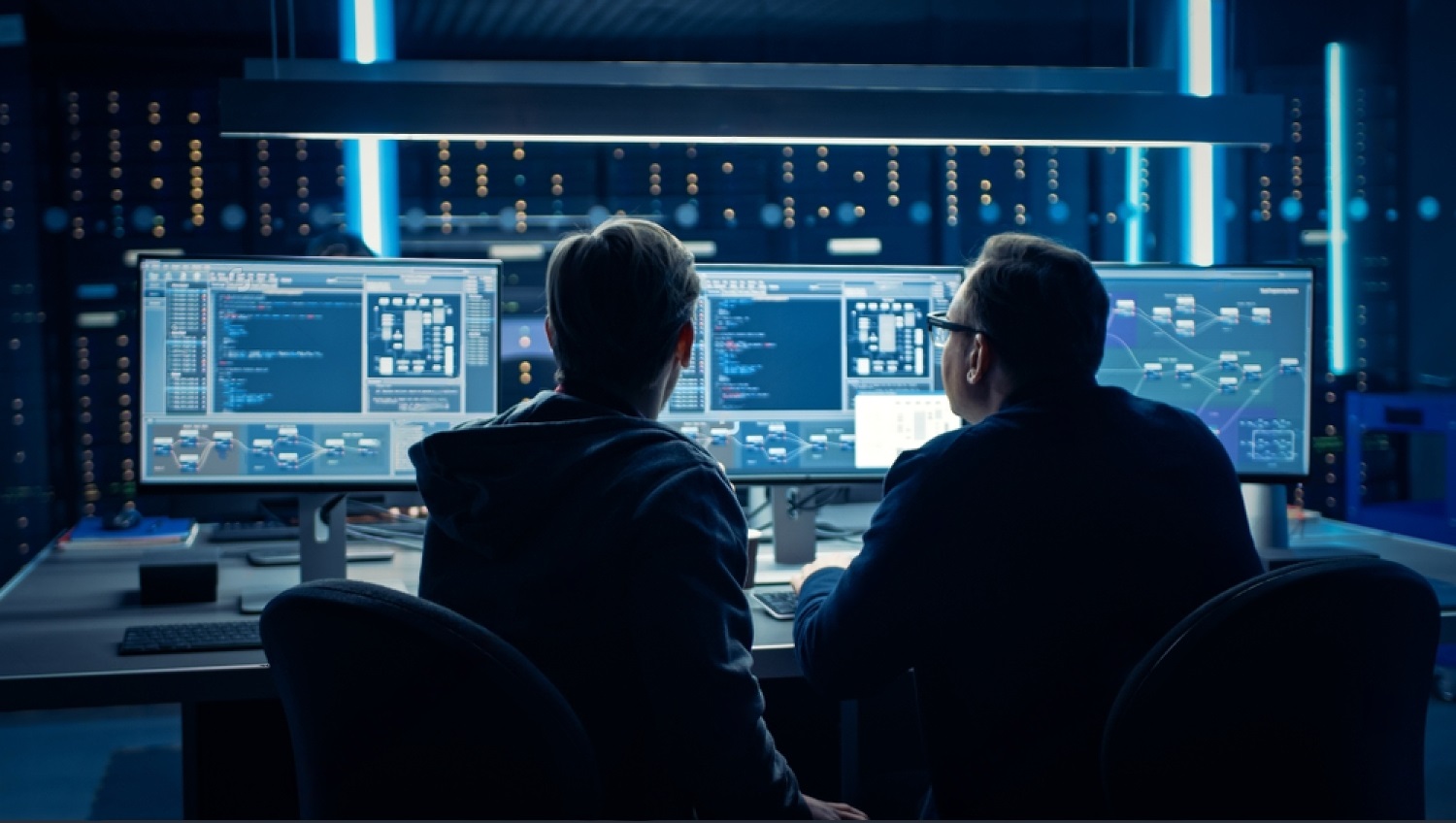Changes in IT always require some form of investment. For small and medium-sized businesses, this investment always has a bigger impact on their budget and usually takes a cut on other spending. Unfortunately, not all businesses are able to maximize such investments due to human behaviors and ways of adapting to new technologies.
Without understanding the requirements of the staff on-ground, IT officers and departments risk spending money on systems that may not necessarily be accepted or embraced by the staff. In Australia, even external partners for Managed IT Sydney services are trying to work more closely with their clients when trying to understand how the systems can improve their operations. Here are quick tips to first discover and understand the IT requirements of your organization.
1.Focus groups with staff – not with Managers
One common action for IT Officers when understanding the requirements of the staff is to go to their managers and talk to them about ideas, concerns, and other clarifications. While it is important to get the view of managers, there is great value in gathering key personnel in the departments for consulting and a focus group discussion. IT Officers may get representatives from each department and talk to them about their needs or mix them with other department representatives in a bigger group.
2. Get a good “Middle Man” to run the liaising
Connecting IT with users takes a good “middle man” who understands human resources and IT services. It is usually not easy to conduct focus group discussions as discussed in point 1, especially for IT people who are focused on technical solutions and have spent little time on user interaction. A good middle man can make or break this step of understanding the needs of the users first.
3. Go out of the office for discussion
Discovery discussions need not be a one-way question-and-answer set-up. In fact, IT officers should set the mood of the discussion to encourage participants to also “think out of the box”, away from their usual way of doing things. Yes, IT systems can adapt to “how” users are currently doing things. But the real objective is to get the users to step away from what they’ve gotten used to over the years and open their minds to possibilities of improving their work through the introduction of new systems and tools. Going out of the office for such a discussion sets an informal and lighter mood for the users and takes them away from their “old systems”. Instead of showing their desktops and how they navigate through their existing tools, being away from their desks during these discussions can help them open to new ideas and systems outside their routine.
There are many other tips that can help IT officers roll out innovative solutions for operational efficiency of small and medium organizations. Getting Managed IT Sydney services such as CMSIT can help facilitate such discussions for your organization.











